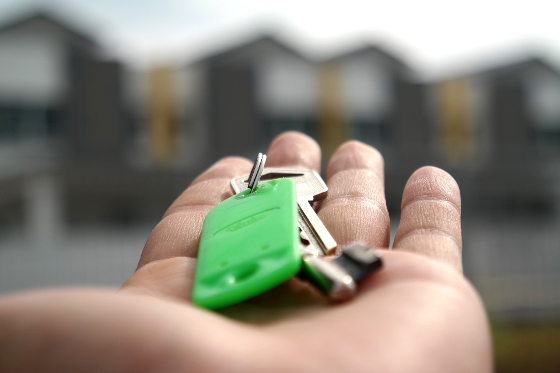7 Effective Strategies to Keep Your Garden Thriving During the Dry, Warm Summer Months
As the temperatures rise and the sun shines brightly during the summer months, maintaining a healthy and vibrant garden can be a challenging task. With proper planning and a few proactive measures, you can ensure that your garden stays lush and thriving, even in the face of dry and warm conditions. In this blog post, we will explore seven effective strategies that will help you keep your garden flourishing during the summer months.

Water Wisely
Watering your garden efficiently is crucial during dry and warm weather. Rather than giving your plants frequent shallow watering, opt for deep watering sessions a few times a week. This encourages deep root growth, making your plants more resilient to drought. Water your garden early in the morning or late in the evening to reduce evaporation losses. Consider using soaker hoses or drip irrigation systems to deliver water directly to the roots, minimizing waste.
Mulch Matters
Applying a layer of organic mulch around your plants can work wonders in retaining soil moisture. Mulch acts as a protective barrier, reducing evaporation, regulating soil temperature, and preventing weed growth. Choose materials like wood chips, straw, or compost and apply a 2-3 inch layer around your plants, leaving space near the stems for airflow.
Choose Drought-Tolerant Plants
One of the most effective ways to ensure a thriving garden during summer is to select plants that are naturally adapted to dry conditions. Research and choose drought-tolerant plant varieties that can withstand extended periods without much water. Succulents, lavender, yarrow, and rosemary are excellent choices for hot and dry climates. These plants are not only beautiful but also require minimal watering once established.
Practice Smart Plant Placement
Observing the sun and shade patterns in your garden is essential for optimizing plant growth during summer. Place sun-loving plants in areas that receive maximum sunlight and shade-loving plants under trees or in the shadow of taller plants. This strategic placement helps reduce water requirements and prevents sunburn or heat stress on delicate foliage.
Implement Efficient Soil Management
Healthy soil is a garden's foundation for success, especially in challenging weather conditions. Enhance your soil's ability to retain moisture by incorporating organic matter such as compost or well-rotted manure. These amendments improve soil structure, increase water-holding capacity, and provide essential nutrients to the plants. Additionally, consider using a layer of organic mulch on the soil surface to prevent moisture loss due to evaporation.
Maintain Proper Plant Health
A healthy garden is more resistant to the stress of hot and dry weather. Regularly inspect your plants for signs of pests, diseases, or nutrient deficiencies. Address any issues promptly to prevent further damage. Proper pruning and removing dead or wilted leaves will also help redirect the plant's energy towards healthy growth. Additionally, consider applying organic fertilizers to replenish essential nutrients and promote vigorous plant growth.
Embrace Smart Gardening Practices
Adopting smart gardening practices can significantly contribute to a thriving garden. For instance, grouping plants with similar water needs together can help you water more efficiently. Collecting rainwater in barrels or using water-saving techniques like installing a drip irrigation system can also reduce water consumption. Additionally, consider creating shade structures or using shade cloth to protect more delicate plants from excessive heat.
Maintaining a flourishing garden during the dry, warm summer months requires planning, attentiveness, and smart strategies. By implementing these seven effective strategies - watering wisely, mulching, choosing drought-tolerant plants, smart plant placement, efficient soil management, maintaining plant health, and embracing smart gardening practices - you can ensure that your garden remains vibrant, healthy, and resilient throughout the summer season. With a little care and attention, your garden will thrive, providing you with a beautiful oasis during even the hottest months of the year.




-560-wide.jpg)
-560-wide.jpg)

-560-wide.jpg)
-560-wide.jpg)

 As the cold winter months drag on, it's not uncommon to start feeling a bit down. The lack of sunlight and outdoor activities can take a toll on our mood and energy levels.
As the cold winter months drag on, it's not uncommon to start feeling a bit down. The lack of sunlight and outdoor activities can take a toll on our mood and energy levels.-560-wide.jpg)


-560-wide.jpg)









-560-wide.jpg)


.jpg)

